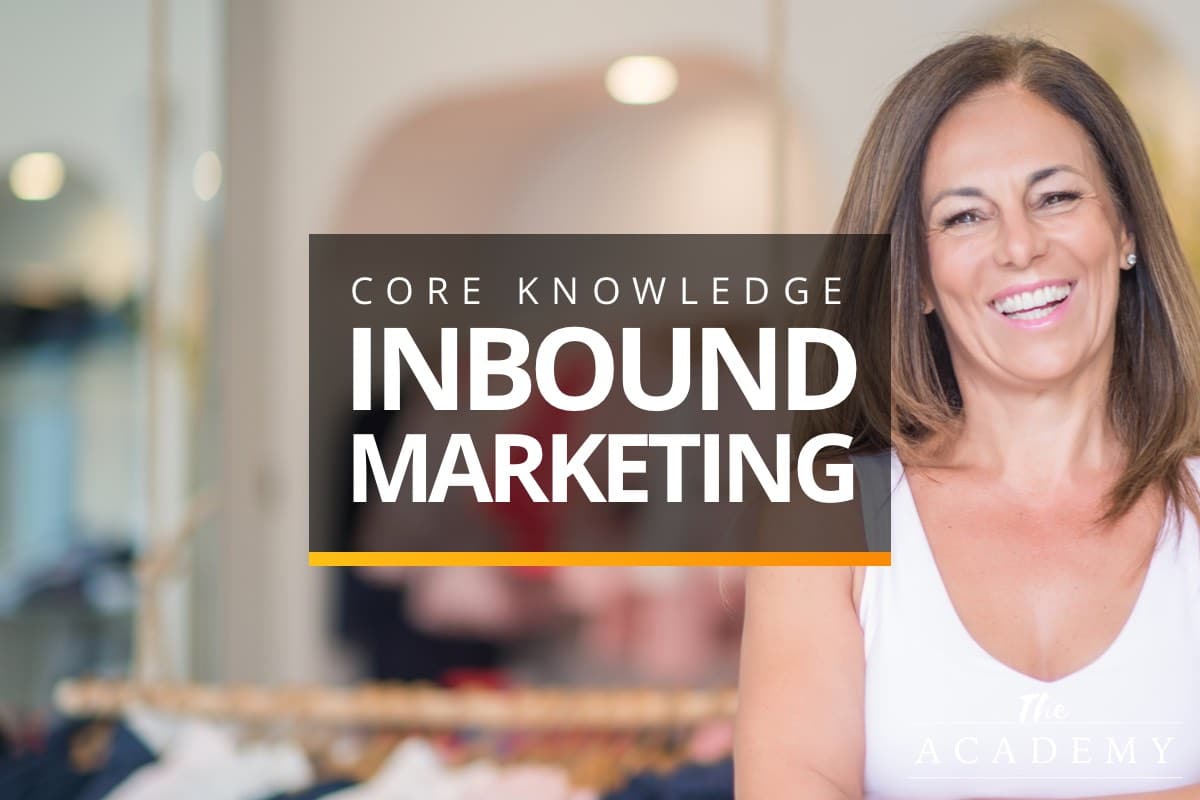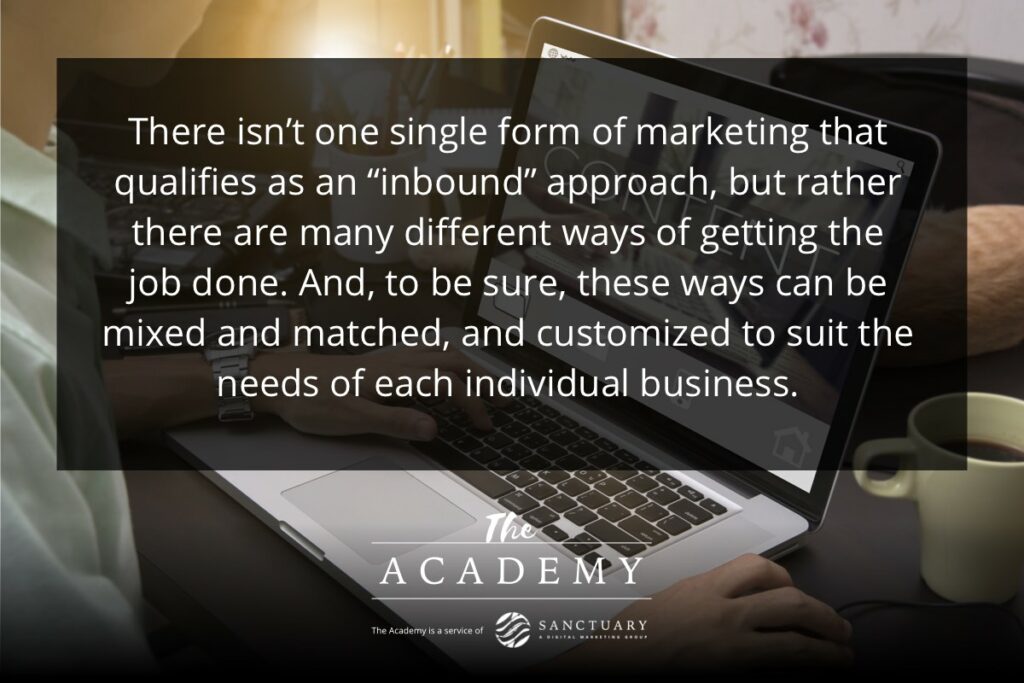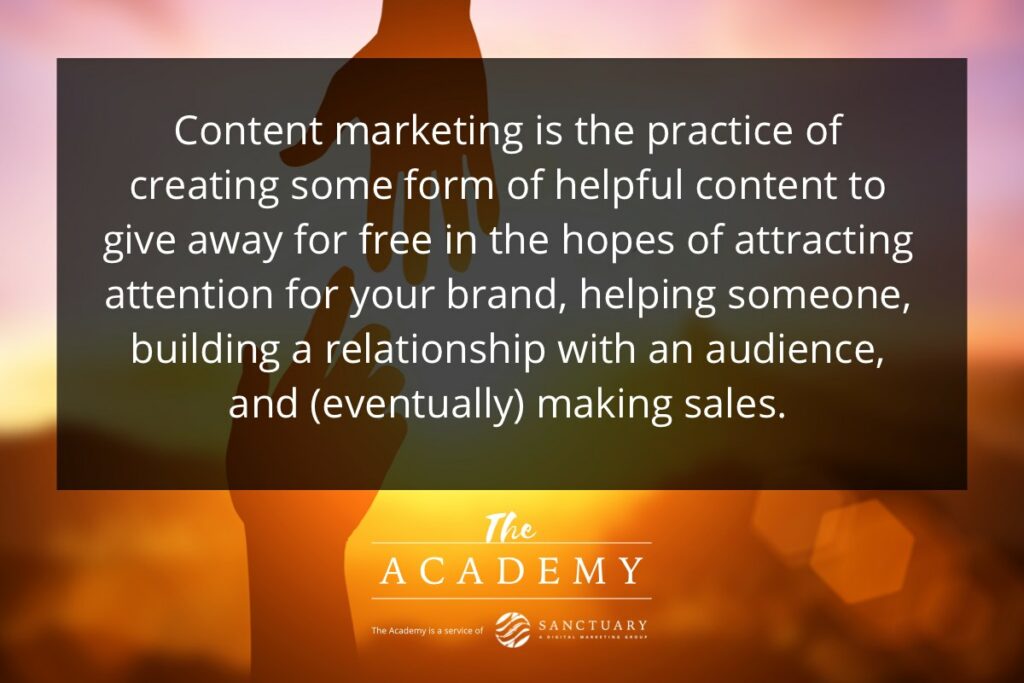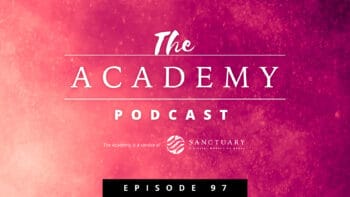
Great marketing doesn’t happen by accident. At least, not usually. If you just put out a few ads and hope for the best, you shouldn’t expect to get much in return. Bringing in people to explore your brand and your products or services takes skill, hard work, attention to detail and plenty of experiments. Aside from developing something that customers will want to buy, mastering the marketing process for your business is likely the biggest hurdle between you and the success you desire.
One of the ways to improve your marketing fortunes is to lean into the power of inbound. This is a popular methodology for today’s marketing teams, and for good reason. This article will dive into the basics of this customer-centric take on not just marketing, but running your business.
What is Inbound Marketing?
In a roundabout way, the best way to describe inbound marketing is to reference the opposite approach—outbound marketing. Putting something out into the world and hoping to find a percentage of people who see your message and want to learn more is the essence of outbound. If you’re creating content or running ads, shouldn’t it be geared toward a specific audience? Shouldn’t it serve a purpose to the very people you are trying to get as customers? Instead of pushing content out and hoping to get a few bites, you can shift your focus to pull the right people in by giving them something they need or solving a problem.
Inbound is about just that—helping people. When you offer the right information to the right people, that’s when you convert prospects into customers. HubSpot gives a great example of applying the inbound methodology to a marketing campaign that just wasn’t cutting it. When V8 juice first made its appearance on the market, they were trying to build their identity as a refreshing juice drink. But the beverage market was already saturated with drinks marketed in that same way. After taking the time to understand their customers and why they were buying their drink, they realized that people thought of V8 as an alternative or supplement to eating vegetables because that’s what they needed. V8 then made the shift to market themselves in the way their customers already saw them. They pivoted to meet a need.
Making It Happen

Everyone is tired of being pressured to make purchases, so most sales pitches go in one ear and out the other. Given this natural resistance to marketing efforts, you might imagine that executing inbound marketing properly—to where people willfully engage with your brand—would be difficult. However, with a solid strategy and a good understanding of basic techniques, you will be able to find success.
Perhaps the biggest key to success is understanding what you are trying to accomplish when setting up an inbound marketing campaign. Make sure that in everything you do, you’re focused on the “why”… Why would someone want your product or service? Why should they care about what you have to say?
- Provide real value. This is where it all starts. When you think about why someone would give you their time and attention while you are trying to sell them a product or service, it comes down to one thing—value. If you are offering value in exchange for their time, even if they don’t make a purchase, you’ll likely capture their attention. This is where inbound marketing so strongly deviates from the outbound variety. Traditional outbound marketing doesn’t offer value to the target audience. It is just an interruption that’s geared to sell you something. To execute proper inbound marketing, you have to commit to providing real value to everyone, even if they don’t wind up making a purchase. We’ll talk more later about some examples of how this concept can be applied.
- Make a connection. Inbound marketing is about more than just convincing someone to make a quick purchase. Instead, it’s about creating the foundation of a relationship that will last for a long time. You don’t just want to sell one time to the customer you find, you want to make sale after sale, for years to come. This is how you build a lasting, thriving business, and inbound marketing can be a big part of that. So, everything you design as you create your inbound process should be centered around bringing the prospect into your brand and building a lasting relationship.
- Interactive. Another important piece of the inbound puzzle is making your marketing formats as interactive as possible. So, rather than passively watching a commercial on TV, your target audience may be participating in a live webinar, communicating with you on social media, or commenting on a blog post. Building two-way streets within your marketing serves to further that connection we talked about above, and it makes the individual feel like they are truly heard by your brand.
If you get these three points right, your inbound marketing campaign will be off to a great start. Of course, if you are only familiar with outbound marketing to this point, going about your promotions in this way is going to feel unusual (and backward!). Be patient and give inbound marketing your best effort so you can see how it might begin to pay off once you learn how to do it right.
It Takes Many Forms
There isn’t one single form of marketing that qualifies as an “inbound” approach, but rather there are many different ways of getting the job done. And, to be sure, these ways can be mixed and matched, and customized to suit the needs of each individual business. Rather than trying to tell you how to go about inbound marketing for your situation – which would be misguided and impossible – we’ll instead provide some basic examples and you can run with it from there to come up with your own plan that will best serve your customers…

- Content marketing. This might be the foundational form of inbound marketing that most businesses start with when entering this arena. Content marketing is the practice of creating some form of helpful content to give away for free in the hopes of attracting attention for your brand, helping someone, building a relationship with an audience, and (eventually) making sales. Writing blog posts that are optimized for specific keywords is a great example of content marketing, but that’s just a starting point. You can also create video content that is posted to your website, YouTube or social media. You could develop a podcast for your brand, and so much more. As mentioned above, the key to this content marketing approach is to create content that helps and offers value to your audience. So, those blog posts need to come with actionable tips or real-world advice that can be used even if no purchase is made.
- Social media interaction. An active social media profile is a popular form of inbound marketing. In fact, the lines can get a little blurry here between content marketing and organic social media marketing, as in both cases you are trying to produce something original and offer value to the audience. On social media, you may use your channels to promote the content you have created elsewhere, and you can also use the interactive nature of those platforms to build relationships with prospects and nurture relationships with existing customers.
- Email marketing. Building a quality email list is a standard piece of the inbound marketing puzzle. You may use something like a lead magnet (something you give away for free in exchange for an email address) to grow your list through your website and social pages. Then, with the list in place, you can start to deliver value through the messages you send, whether it is a weekly newsletter, the occasional discount offer, or other formats. Segmenting your email list and building drip campaigns around their unique needs and interests is a way to serve the right people the right information.
In the end, it actually doesn’t matter so much how you choose to go about your inbound marketing efforts, as long as you keep the goal of helping, adding value and connecting with people in mind. Most likely, you will have to do some experimenting with various types of marketing methods before you settle on a mix that seems to work for your business.

The Ultimate Goal: Finding the Right People
What is so exciting about inbound marketing is the way it allows you to focus your promotional efforts on channels where you are likely to find your best customers. This is the biggest drawback of outbound marketing, and it’s why so many modern businesses prefer the inbound approach. With inbound marketing, you carefully plan how you’ll put your content and information in front of the right people in the right places.
The power of targeting your marketing efforts precisely can primarily be seen in the efficient use of resources. If you don’t target your audience correctly, or at all, you’ll wind up wasting dollars on ads that are shown to people who were never going to be interested in the first place. That’s far from ideal and will make it difficult for your campaigns to turn a profit. What you want to do instead is to pick out a market segment and then use inbound marketing intentionally to find the people who fit into that category.
Content marketing that targets organic search engine traffic is a great example of this concept. When you produce a blog post that has been created with SEO in mind, you are making a play for organic traffic that finds you through searches they perform on Google and other engines. What does that mean? Simple – you are only going to be found by people who want to find you. That might sound obvious, but it’s important. When someone deliberately searches for a given topic, and they find your helpful content on that topic, that visitor to your site is – by definition – interested in what you have to offer. This is the beauty of inbound marketing, and it’s why this method of promoting your business can be so powerful.
We don’t mean to argue that you should never again engage in any form of outbound marketing. For many businesses, that just wouldn’t be practical. However, we do believe that inbound marketing techniques have a lot to offer, and a blend of the two is likely to be the right approach. Outbound marketing can be done in an inbound way if it’s helpful and not just trying to sell. Get started right away with some inbound tactics and you just might unlock a whole new segment of the market that had not been previously exposed to your products and services.
Most Popular Articles

Seeing Favicons in Your Google Search Results? Here’s Why…
Have you noticed anything different in your Google Search results lately? Google added tiny favicon icons to its organic search results in January. It was…

Business Growth and Digital Marketing News & Tips 11-17-24
Are you encouraging and rewarding innovation? Lee Cockerell is the former Executive Vice President of Operations at Walt Disney World. A lover of traditional red…

Business Growth and Digital Marketing News & Tips 11-27-24
A culture of gratitude "Feeling gratitude and not expressing it is like wrapping a present and not giving it." – William Arthur Ward Beyond being…








